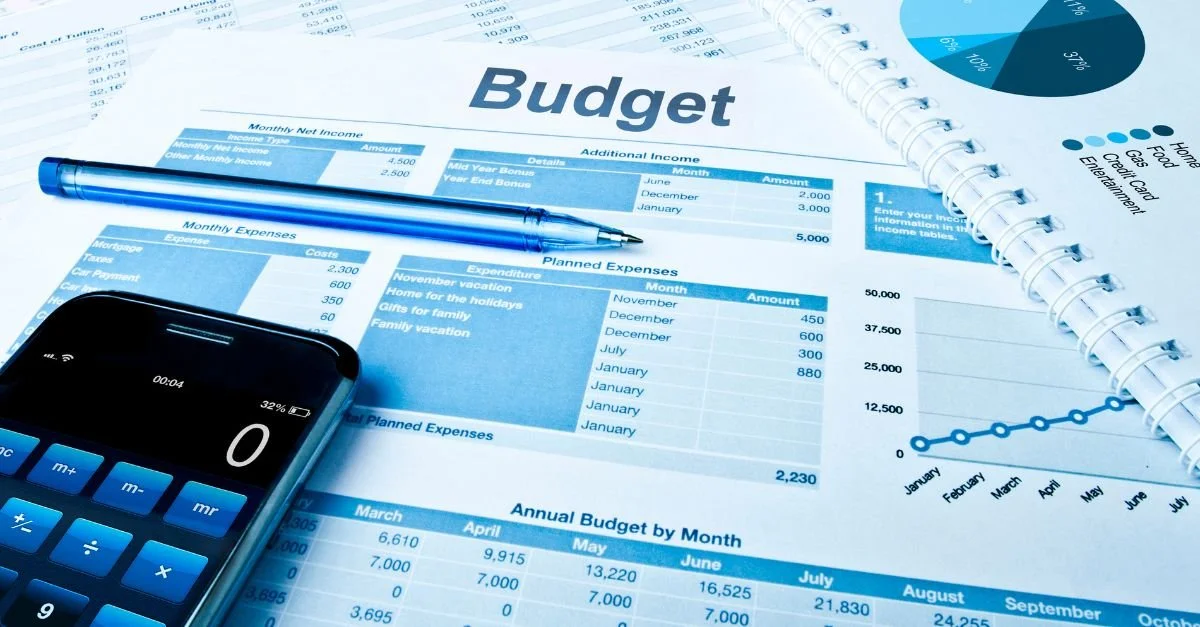Facebook Ad Budget Optimization in 2026
Stop Wasting Money on Facebook Ads
Small and medium-sized businesses often pour money into Facebook ads with the hope of generating leads or sales — but many campaigns underperform because budgets and ad campaigns are mismanaged. In 2026, with Facebook’s AI and machine learning more sophisticated than ever, ad budget optimization is no longer just about spending more money. It’s about strategic allocation, continuous testing, and leveraging automated tools to scale only the campaigns that deliver results.
Without a clear strategy, SMBs often:
Overfund underperforming ad sets
Ignore retargeting opportunities
Fail to scale winning creatives
Waste time manually adjusting campaigns
The good news? With smart planning, automation, and data-driven decisions, you can maximize ROI while avoiding wasted ad spend.
Budgeting Strategies in 2026
Facebook allows budget allocation at two main levels: the campaign level and the ad set level. Understanding when and how to use each is critical.
1. Campaign Budget Optimization (CBO)
Campaign Budget Optimization is the default in 2026 and lets Facebook distribute your budget across ad sets based on performance.
Why it works:
Leverages Facebook’s AI to allocate more spend to top-performing ad sets automatically.
Reduces manual micromanagement.
Ideal for scaling campaigns once you have multiple ad sets testing different audiences or placements.
Example:
E-commerce: A brand running a summer collection launch creates multiple ad sets targeting different interests and lookalike audiences. With CBO enabled, Facebook automatically allocates more budget to the ad set generating the highest ROAS (return on ad spend).
2. Ad Set Budgeting
Some advertisers prefer to set budgets at the ad set level. This gives more control, especially for campaigns targeting:
High-value audiences
Limited geographic regions
Specific placements
Example:
Local Services (e.g., gyms or salons): Allocate $30/day to retargeting past website visitors and $50/day to a cold audience in your city. This allocates a healthy amount of ad spend towards cold traffic (people who don’t know you) and retains a healthy amount to warming those cold audiences up with retargeting while simultaneously reminding old clients to come back.
3. Test Small Before Scaling
One of the most overlooked strategies is starting small and scaling only what works. In 2026, testing is more important than ever:
Start with $5-$20/day per ad set depending on your industry.
Test multiple creatives, copy variations, and audiences.
Wait at least 3–5 days for data to stabilize before making changes.
Example:
HVAC Services: Test two ad creatives targeting homeowners in a 10-mile radius. Only increase budget for the ad that generates appointment bookings at the lowest cost per lead.
Industry Examples of Smart Budget Allocation
1. E-commerce
Scenario: Online store sells multiple products.
Strategy:
Start with small budgets for each ad set testing product categories.
Use CBO for campaigns once top-performing products emerge.
Allocate extra budget to retarget users who added items to cart but didn’t purchase.
Result: Reduces wasted spend on cold audiences while capturing high-intent shoppers efficiently.
2. Local Services (Gyms, Salons, HVAC)
Scenario: Local service business wants more bookings.
Strategy:
Dedicate 40% of budget to retargeting past website visitors or leads.
60% to cold local audiences using interest and location-based targeting.
Enable “expand audience” to allow Facebook to optimize reach.
Result: High ROI from retargeting while still acquiring new clients.
3. B2B Services
Scenario: Marketing agency wants qualified leads.
Strategy:
Test campaigns targeting job titles and industries with modest budgets.
Use CBO to automatically push spend toward high-performing lead forms.
Pause ad sets with high CPL (cost per lead) automatically via Facebook automated rules.
Result: Efficient allocation prevents wasting budget on unqualified prospects.
Pro Tips for Budget Optimization in 2026
Leverage Automated Rules:
Pause low-performing ads automatically.
Increase budgets on high-ROAS ad sets gradually.
Layer Audiences Wisely:
Combine Custom, Lookalike, and interest/location targeting.
Use “expand audience reach” to give Facebook flexibility for optimization.
Rotate Creatives Regularly:
Avoid ad fatigue by refreshing images, videos, and copy every 2–4 weeks.
Track Conversions Accurately:
Make sure Meta Pixel and event tracking are set up correctly to avoid over-spending on non-converting traffic.
Avoid Overfunding Early:
Don’t scale ad spend too quickly. Facebook’s algorithm needs learning time to optimize.
Set Clear Objectives:
Align budgets with your goal (e.g., lead generation, sales, engagement).
Common Mistakes That Waste Ad Spend
Using broad targeting without optimization (letting low-quality clicks drain your budget).
Ignoring the performance of ad sets and creatives.
Doubling budgets too early, which can reset Facebook’s learning phase.
Running multiple campaigns for the same audience without exclusion rules.
Actionable Steps to Optimize Your Facebook Ad Budget
Review past ad performance monthly.
Identify your top-performing campaigns, ad sets, and creatives.
Use CBO for campaigns with multiple ad sets to leverage AI optimization.
Start with small budgets for new campaigns, then scale gradually.
Implement automated rules to pause poor performers.
Refresh creatives every few weeks to prevent fatigue.
Combine targeting layers but allow Facebook expansion to reach hidden buyers.
Conclusion
Facebook ad budget optimization in 2026 is no longer about guessing where to spend. By testing small, leveraging AI, retargeting past audiences, and automating rules, SMBs can maximize ROI while minimizing wasted spend. Whether you’re running ads for e-commerce, local services, B2B, or restaurants, following these strategies ensures every dollar works harder. Ready to maximize your Facebook ad ROI without wasting a single dollar? Book a free Facebook ad budget optimization audit with Cristanta Digital Marketing today.


